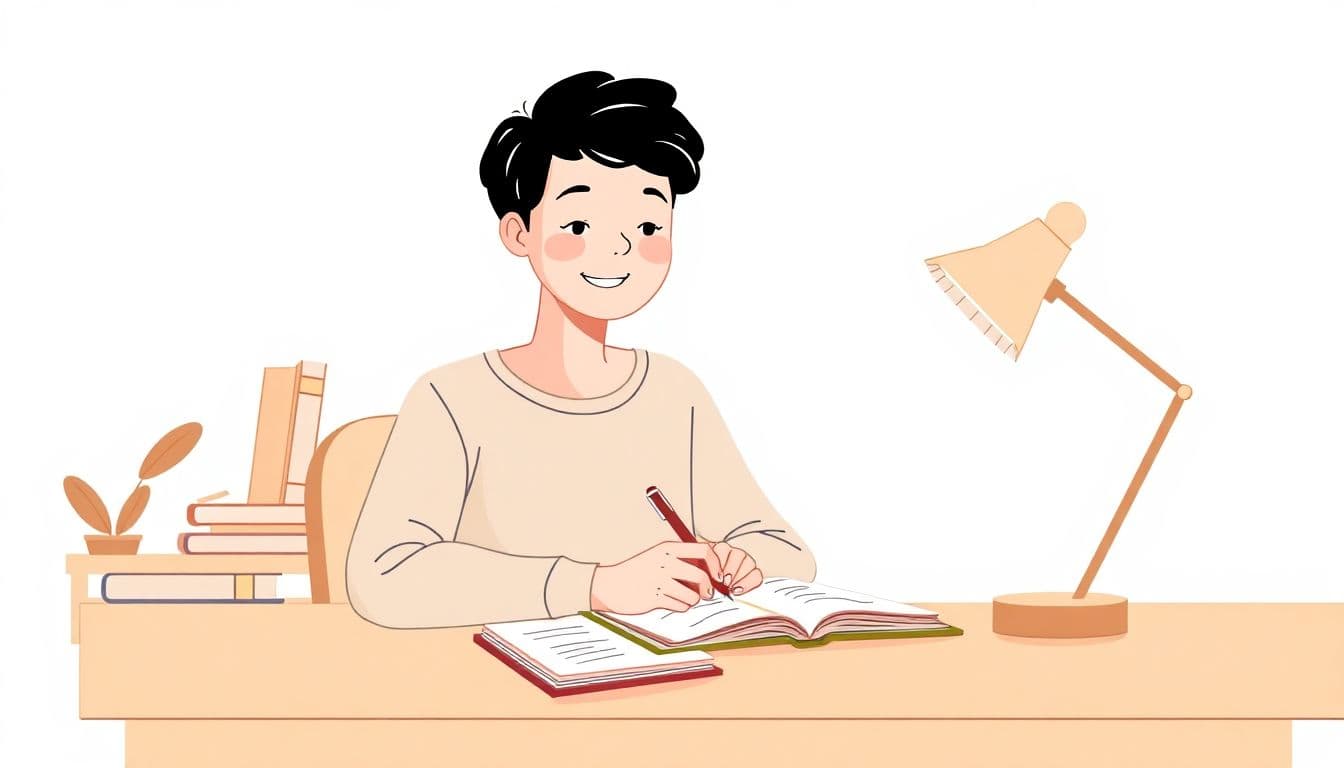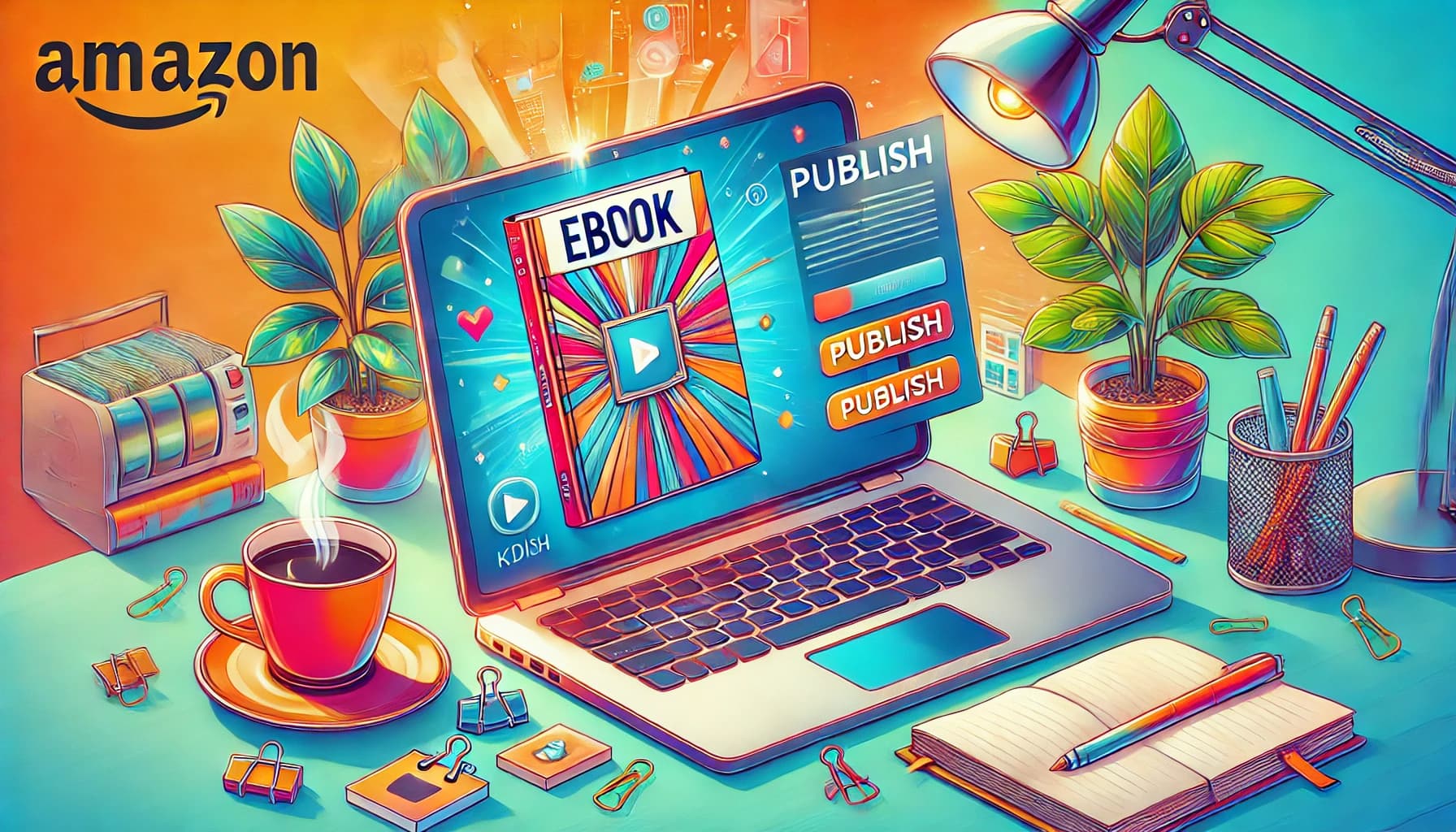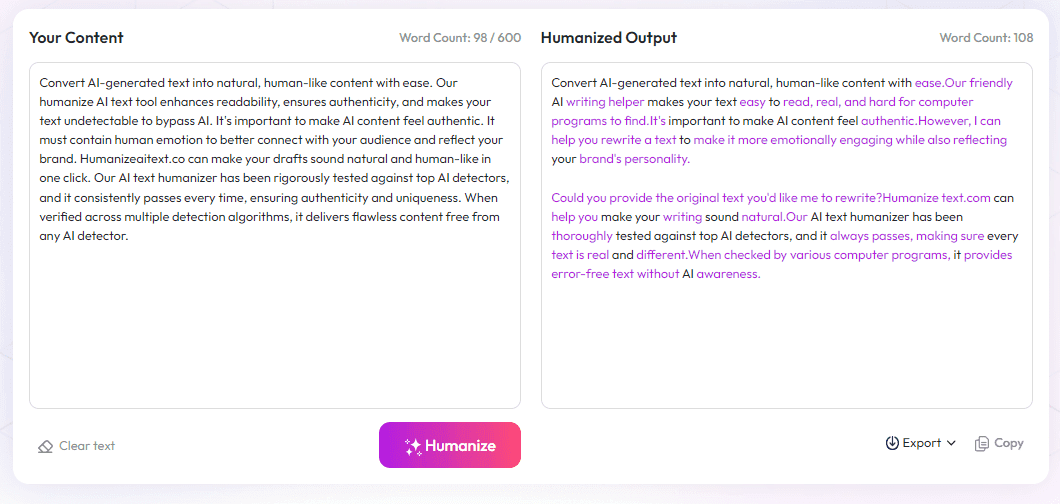Table of Contents
I know how tough it can be to get your creative mojo back when burnout hits. It’s frustrating feeling stuck and uninspired, and you might worry that your spark is gone for good. But here's the good news: recovery is possible, and you don’t have to wait forever to feel like yourself again.
If you keep reading, I’ll share simple steps that can help you recharge your creativity and bring back the joy in your work. From taking small breaks to moving your body, these tips are easy to do and can make a big difference.
In the next part, we’ll go through practical ideas like setting gentle goals and finding new fun activities—things that can help you feel energized and excited about creating again.
Key Takeaways
Key Takeaways
- Recognize early signs of burnout like tiredness and loss of motivation. Taking small breaks and managing your energy with focused work sessions can prevent it from worsening.
- Moving your body and creating a calm, inspiring workspace helps lift your spirits and refuel your creativity.
- Set gentle goals, be kind to yourself, and celebrate small wins. Engaging in hobbies or activities outside your main work can spark new ideas and Joy.
- Talking with fellow creators or mentors provides support, fresh perspectives, and reassurance that burnout is common and manageable.
- Prioritize rest, sleep well, and consider changing your work environment or schedule to keep your creative flow going and avoid fatigue.

Recognizing creative burnout is the first step to overcoming it. If you've been feeling exhausted, uninspired, or overwhelmed, you're not alone—over half of content creators report experiencing burnout at some point in their careers. In fact, 52% say they've faced such exhaustion, and 37% even contemplate quitting because of it.
The main causes include constant screen time, demanding workloads, and creative fatigue. Creative fatigue alone affects about 40% of creators, making it a common culprit. When burnout hits, it can harm your mental health and stall your progress, with 59% of creators feeling it negatively impacts their careers. Recognizing the signs early—like persistent tiredness, loss of motivation, or cynicism—is key to catching burnout before it takes over.
Taking a break is often the simplest but most effective way to start recovery. Instead of pushing through exhaustion, give yourself permission to step back and clear your mind. Short pauses—whether a few hours or a full day—can help reset your mental state. Remember, even a quick walk or a few minutes away from screens can improve your mood and perspective.
Managing your energy with structured work sessions can make a big difference. Try working in focused blocks of 25–30 minutes, followed by a 5-minute break, a method sometimes called the Pomodoro Technique. This approach helps prevent mental fatigue and keeps your creative energy flowing without burnout.
Moving your body regularly is another powerful way to lift your spirits and recharge. Activities like stretching, walking, or dancing release endorphins and reduce stress, making it easier to return to your creative work refreshed.
Creating a workspace that feels calm and inspiring can influence your mindset. Keep your environment tidy, add personal touches, and include elements that motivate you—plants, artwork, or inspiring quotes. A positive space can make a big difference when you’re feeling drained.
Practicing mindfulness or meditation is a proven method to reset your mental state. Even just a few minutes of focused breathing can reduce anxiety and help you reconnect with your creative flow.
Setting realistic goals and being gentle with yourself is crucial. Avoid overly ambitious targets during peak burnout, and give yourself permission to slow down. Celebrate small victories and understand that recovery isn’t instant—it’s a process that takes patience.
Engaging in other creative or leisure activities—like cooking, music, or puzzles—can stimulate your mind in new ways and prevent your work from becoming monotonous. This variety often rekindles your curiosity and inspiration.
Reaching out to fellow creatives or mentors provides emotional support and fresh perspectives. Sharing feelings and experiences can lighten your load and remind you that burnout is common and manageable.
Finally, tracking how you feel helps you identify patterns and adjust your routines accordingly. Make notes about your energy levels, what helps, and what worsens your burnout. Flexibility and awareness are your best tools in cultivating sustainable creative habits.

11. Understand the Role of Financial Stability and Workload Management
Financial worries and heavy workloads can significantly worsen burnout, so finding ways to stabilize your income and set manageable tasks is key.
Consider diversifying your income streams or setting boundaries with clients to avoid overload.
Breaking large projects into smaller, achievable steps can prevent feeling overwhelmed and help you maintain a sense of progress.
Regularly reviewing your financial situation and adjusting your goals can reduce stress and create a more sustainable pace.
12. Recognize Industry-specific Stressors and Adapt Strategies Accordingly
Different sectors face unique pressures; for example, UK creators often struggle with screen time, while US artists deal with platform algorithm changes.
Understanding these specific challenges allows you to tailor your routines, like limiting screen exposure or staying updated on platform trends.
Joining online communities or industry groups can help you share experiences and discover targeted solutions.
Staying flexible and adjusting your approach based on your environment reduces the risk of burnout caused by external factors.
13. Promote Mental Health Awareness and Seek Professional Support When Needed
Burnout isn’t just about tiredness; it can lead to depression and anxiety, which sometimes require professional help.
Don’t hesitate to talk to a mental health counselor or therapist if feelings of hopelessness or exhaustion persist.
Practicing self-compassion and giving yourself permission to seek help sends a message that your well-being matters.
Implementing routine mental health check-ins, like journaling or therapy, can make a big difference over time.
14. Advocate for Better Industry Practices and Support Networks
Many creators feel that platforms and brands should take more responsibility in preventing burnout.
Join or support advocacy groups calling for healthier working conditions and fair compensation.
Encourage transparency and open conversations about mental health in your industry.
Creating or participating in networks of support, such as online forums or local meet-ups, helps normalize discussions and share coping strategies.
15. Embrace Continuous Learning and Skill Development
Learning new skills or tools can reignite your interest and reduce stagnation that fuels burnout.
Set aside time regularly to explore trends or take online courses—sites like (https://skillshare.com) provide flexible options.
Engaging in workshops or webinars not only boosts your skills but also connects you with like-minded peers.
Sometimes, trying out a different art style or genre can breathe new life into your creative routine.
16. Use Technology Judiciously to Support Your Creativity
While screens are often the main source of fatigue, certain apps and tools can help manage workload and streamline tasks.
Tools like (https://notion.so) for organization or (https://trello.com) for project management can help keep projects on track.
Automating repetitive tasks, such as social media posts with (https://buffer.com), frees up mental space.
Be mindful of your screen time—set timers or use blue light filters to reduce eye strain and fatigue during long work sessions.
17. Prioritize Rest and Recovery in Your Routine
Getting enough sleep, taking regular days off, and allowing time for full recovery are essential steps to prevent burnout from recurring.
A good rule of thumb is to schedule at least one full rest day each week with no work-related activities.
Creating a wind-down routine—like reading or listening to calming music—helps your mind relax.
Remember, resting doesn’t mean laziness; it’s a vital part of maintaining your creative energy and mental health.
18. Experiment with Different Work Environments and Schedules
Sometimes, a change of scenery—working from a café, library, or different part of your home—can boost your motivation.
Adjusting your work hours to when you feel most energized can make a big difference in productivity and enjoyment.
Trying a flexible schedule allows you to work when you’re most focused and rest when you’re drained.
Asking yourself what environment makes you feel most inspired can help craft a routine that minimizes burnout risks.
19. Develop Personal Boundaries and Learn to Say No
Recognizing your limits and saying no to extra projects or commitments is a healthy way to protect your energy.
This might mean turning down collaborations that don’t align with your interests or no to unpaid work that consumes valuable time.
Set clear working hours and stick to them—avoiding work outside those times helps preserve your mental space.
By respecting your boundaries, you prevent overcommitment that leads to exhaustion.
20. Cultivate a Supportive Creative Community
Feeling part of a community helps normalize burnout and reminds you that you're not alone.
Connect with fellow creators through social media, local meet-ups, or online mastermind groups.
Sharing successes and struggles provides emotional support and practical advice.
Building genuine relationships fosters accountability and motivation, especially during tough times.
FAQs
Creative burnout happens when you feel exhausted or uninspired after intense work. Signs include lack of motivation, chronic fatigue, and decreased productivity. Recognizing these symptoms early helps prevent long-term creative blocks and promotes better self-care.
Regular breaks give your mind a chance to rest and reset. They improve focus, reduce stress, and boost creativity, helping you stay energized and avoid feeling overwhelmed or drained over time.
Using short work sessions, such as focused bursts of 25 minutes, helps maintain energy levels. Combining this with regular movement and breaks prevents fatigue and keeps your creativity flowing steadily.
Moving your body regularly releases endorphins that lift your mood. Physical activity also increases blood flow to the brain, helping spark new ideas and enhance overall creative thinking.



